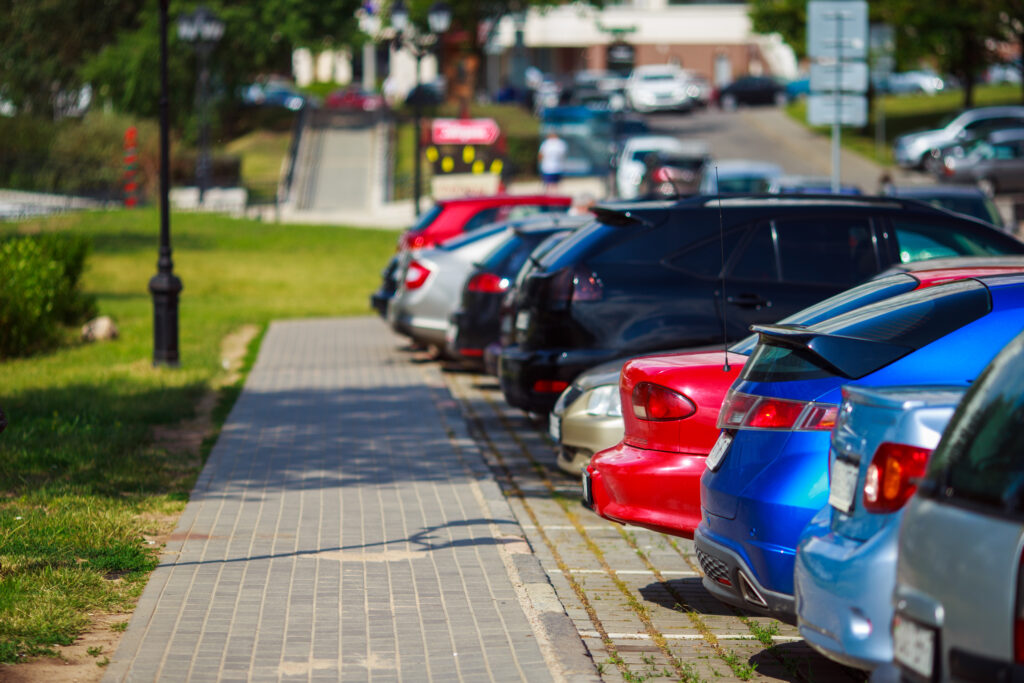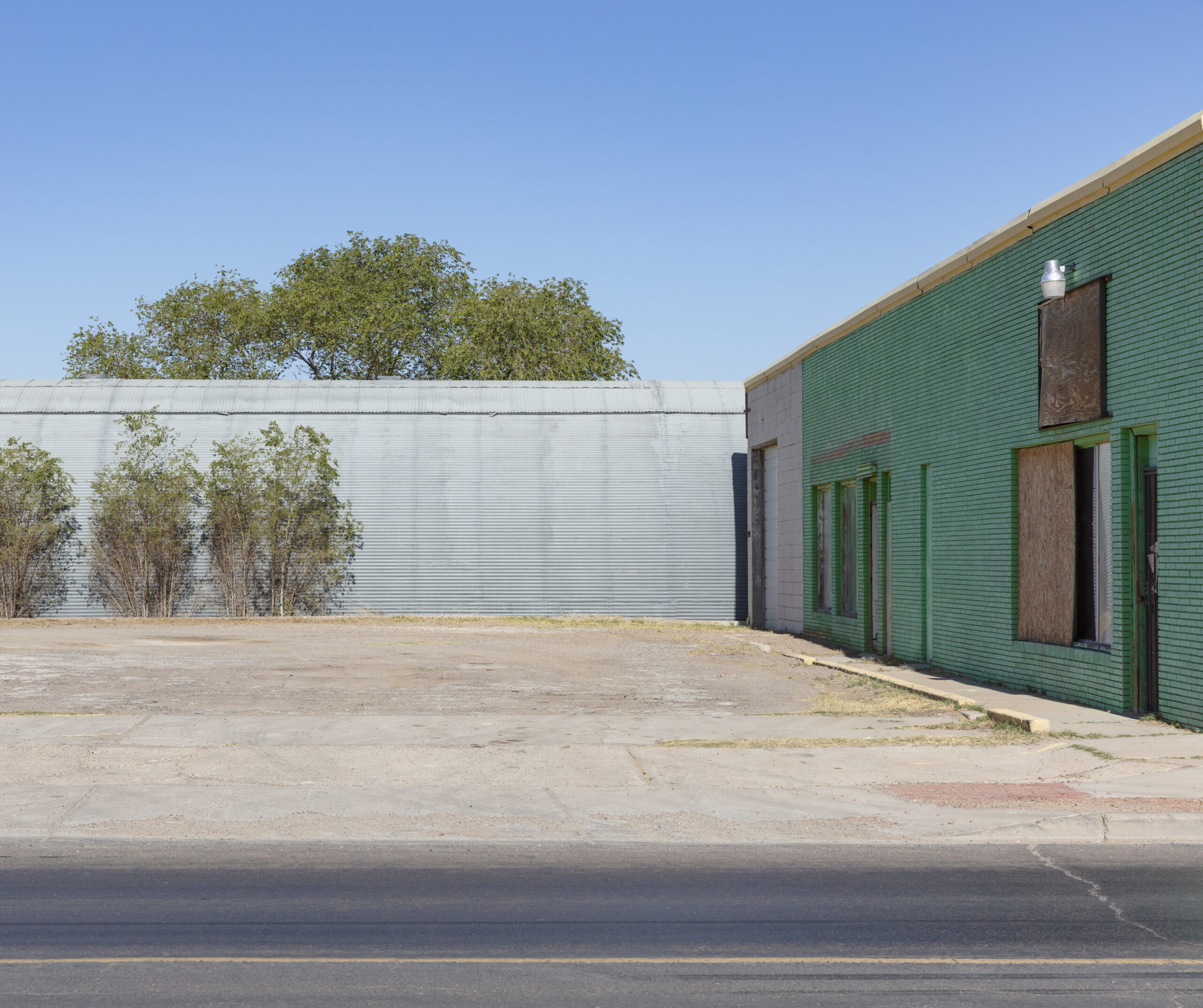Have you ever walked past a vacant lot in an otherwise intact streetscape and wondered “why is that lot not built on?” The answers may surprise you. Infill development is one of the main strategies of Smart Growth and focuses on building on underutilized land in existing urban areas. An efficient use of land, resources, and existing infrastructure, infill development can revitalize communities, reduce environmental impacts, and is a sustainable alternative to sprawl. Despite its benefits, infill development is notoriously difficult and faces numerous barriers. Here are nine challenges to infill development in Maryland – and potential solutions.
1. Zoning Restrictions
One of the primary obstacles to infill development is restrictive zoning laws. Many areas in Maryland are zoned for low-density residential use, which limits the potential for higher-density infill projects. Rezoning efforts can be time-consuming and politically challenging, often requiring extensive community engagement and negotiations.
2. Parking Requirements
Many municipalities in Maryland have stringent parking requirements for new developments. When building in existing communities where space is limited, this can particularly challenging for infill projects. Reducing or eliminating minimum parking requirements can help make infill development more feasible and cost-effective.

3. Financial Constraints
Financing infill projects can be challenging due to the perceived risks associated with developing in urban areas. Lenders may be hesitant to provide funding, and developers may face higher interest rates and stricter lending terms. Additionally, the cost of land, construction, and regulatory compliance can be higher in urban settings.
4. Community Opposition
Community resistance, often referred to as “Not In My Backyard” (NIMBY) sentiment, can be a significant barrier to infill development. Residents may oppose higher-density projects due to concerns about increased traffic, changes in neighborhood character, and potential declines in property values.
5. Limited Incentives
While some jurisdictions in Maryland offer incentives for infill development, these programs are often limited in scope and funding. More robust incentives, such as tax credits, grants, and streamlined permitting processes, are needed to encourage developers to pursue infill projects.

6. Infrastructure Deficiencies
Infill development often occurs in older urban areas with outdated infrastructure. Water, sewer, and transportation systems may need significant upgrades to support new development. The cost of these upgrades can be prohibitive, discouraging developers from pursuing infill projects.
7. Land Assembly Challenges
With economies of scale, larger developments are often more easily developed and financed. Assembling multiple small parcels of land can be a complex and lengthy process. Property owners may be unwilling to sell, or the cost of acquiring numerous parcels can be too high.
8. Environmental Contamination
Potential infill sites, particularly in older industrial areas, may be contaminated with hazardous environmental toxins. The process of environmental remediation can be costly and time-consuming, adding another layer of hurdle to infill development.
9. Market Demand
In some areas, there may be insufficient market demand for infill development. Economic factors, such as job growth, housing affordability, and demographic trends, influence the viability of infill projects. Addressing these broader economic issues is crucial for creating a favorable environment for infill development.
Potential Solutions
Addressing hurdles to infill requires a multi-faceted approach involving policy changes, community engagement, and innovative financing mechanisms. Here are some potential solutions to promote infill development in Maryland:
Zoning Reform: Update zoning codes to allow for higher-density development in appropriate areas. Implement form-based codes that focus on the physical form of development rather than land use, density, or parking requirements.

Infrastructure Investment: Prioritize funding for infrastructure upgrades in areas targeted for infill development. Public-private partnerships are a common way to share the costs and benefits of infrastructure improvements.
Land Banking: Land banks can acquire and hold parcels for future development, clear titles, and host RFPs for the desired land use, making it easier to assemble land for infill projects that fit community needs like affordable housing.
Community Engagement: Foster open dialogue with community members to address concerns and build support for infill projects. Highlight the benefits of infill development, such as reduced traffic congestion and revitalized neighborhoods.
Maryland has nearly met the goals for open space preservation, but adjusting policies so that needed growth can happen in the state’s priority funding areas holds tremendous potential for creating sustainable, vibrant. Overcoming the barriers to infill will require concerted efforts from policymakers, developers, community members, and other stakeholders. By addressing these challenges and implementing effective solutions, Maryland can unlock the full potential of infill development, fostering a more sustainable and prosperous future for all.

